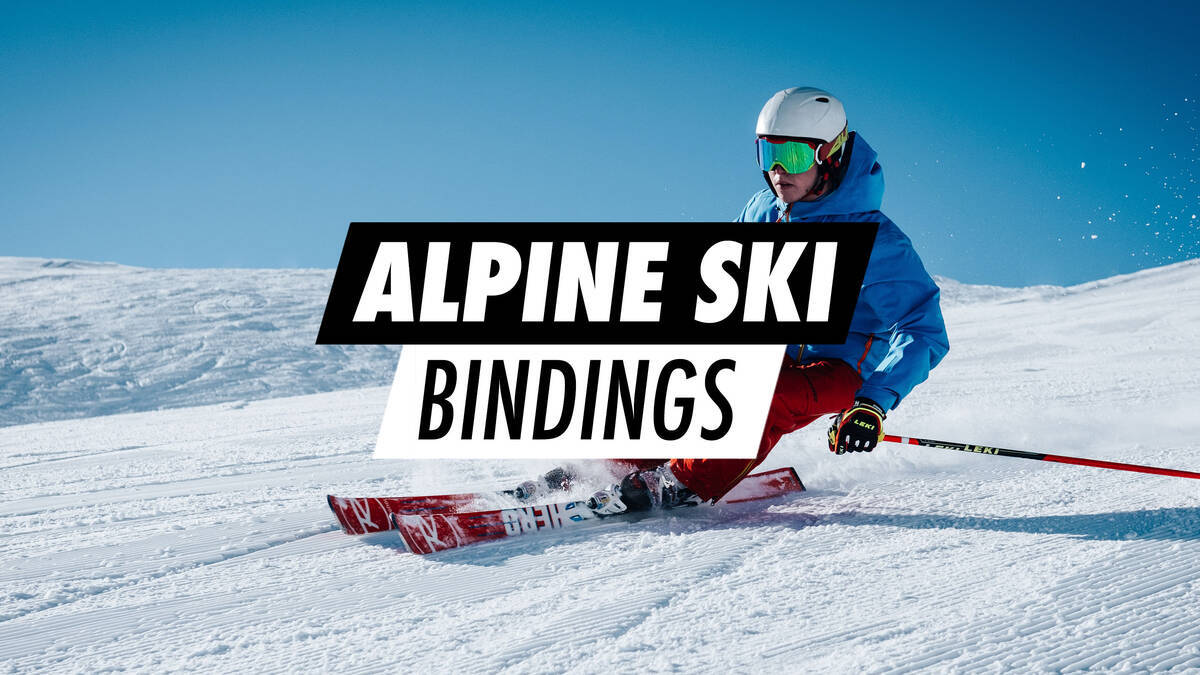Purchasing Alpine Ski Bindings
Understanding Alpine Ski Bindings
In essence, ski bindings secure you to the skis. Different types exist, like alpine, telemark, or touring bindings. This discussion will focus on alpine bindings, suitable for piste, all mountain, race, freestyle, and freeride skis. The selection of alpine bindings is typically guided by your skiing style and your proficiency level.Components of Alpine Bindings
Each alpine binding comprises two primary components—toe and heel pieces. A DIN system is featured on both, governing the release of bindings in the event of a fall. For further information on DIN and calculating your DIN value, see our DIN calculator. Your binding's toe piece additionally includes an anti-friction plate/device (AFD) and horizontal wings. These wings permit sideward boot release to avert twisting injuries. Conversely, the heel piece features a vertical release system to mitigate dislocation risks during forward tumbles. It also incorporates a brake, sometimes known as a stopper, to prevent skis from careening down the slope and endangering others in an incident where the binding detaches from your ski boot. Utilisation of a brake system is mandatory in all resorts. Moreover, the brake aids in maintaining ski alignment when stacked for easy transport. When stepping in, the brake recedes, readying you for departure.
Conversely, the heel piece features a vertical release system to mitigate dislocation risks during forward tumbles. It also incorporates a brake, sometimes known as a stopper, to prevent skis from careening down the slope and endangering others in an incident where the binding detaches from your ski boot. Utilisation of a brake system is mandatory in all resorts. Moreover, the brake aids in maintaining ski alignment when stacked for easy transport. When stepping in, the brake recedes, readying you for departure.
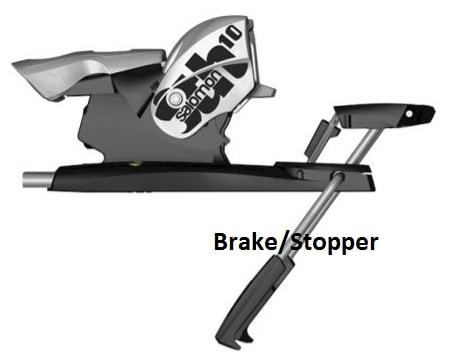
Varieties of Alpine Bindings
The primary variance lies in their ski attachment method. Alpine bindings can be pre-mounted by the manufacturer, meaning they come with an optimal pre-setting, or they can be bought separately. If bought separately, they can be track mounted or drill mounted.Track Mounted
Track mounted refers to bindings affixed to a plate initially drilled onto the ski by the manufacturer. From there, you select bindings compatible with this plate system and slide them into place. The significant benefit of track mounting is that manufacturers determine optimal plates for enhanced ski performance. Additionally, these bindings are straightforward to adjust, which is convenient if lending skis to others.Drill Mounted
Drill mounted involves attaching bindings directly onto skis without supplementary tracks or plates. Professionals must handle this operation due to required specialised tools. As these bindings are directly drilled and glued onto the ski, they typically can't be adjusted for length as easily as track-mounted versions. They are mainly configured to fit a specific boot length of the skier. Nonetheless, this method permits any binding type to be affixed to your skis. There's no need to accommodate a track system. This mounting style is favoured by freeride, freestyle, and touring skiers given the flexibility in aligning bindings to their skiing style.freeride, freestyle, and touring skiers given the flexibility in aligning bindings to their skiing style.Understanding DIN / ISO for Alpine Ski Bindings
Locating Your DIN Value
The DIN (Deutsches Institut für Normung - formerly Deutsche Industrie Norm) value adjusts alpine ski bindings to regulate the binding release point. Referred to as ISO, this configuration aims to enhance safety and manage impact forces. Bindings must release correctly during falls to protect body parts like knees and hips. DIN value adjusts alpine ski bindings to regulate the binding release point. This configuration aims to enhance safety and manage impact forces. Bindings must release correctly during falls to protect body parts like knees and hips. It's crucial to set the DIN value for both the toe and heel binding pieces according to your specifications.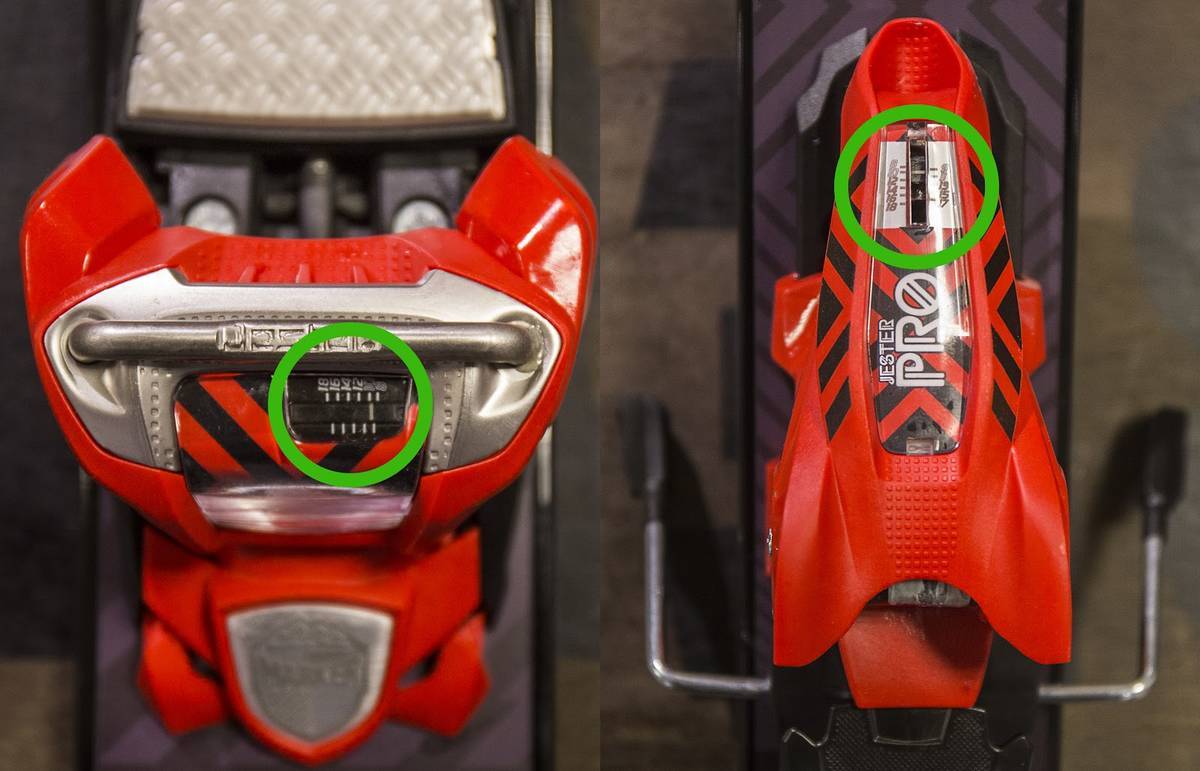 Proper DIN setting is essential for both children and adult ski bindings.
Proper DIN setting is essential for both children and adult ski bindings.
Adjusting the release setting/DIN value is conducted on both the toe and heel parts of the alpine ski binding. The bindings display specific DIN value ranges, facilitating release adjustment (DIN value) to suit your experience, weight, height, and age.
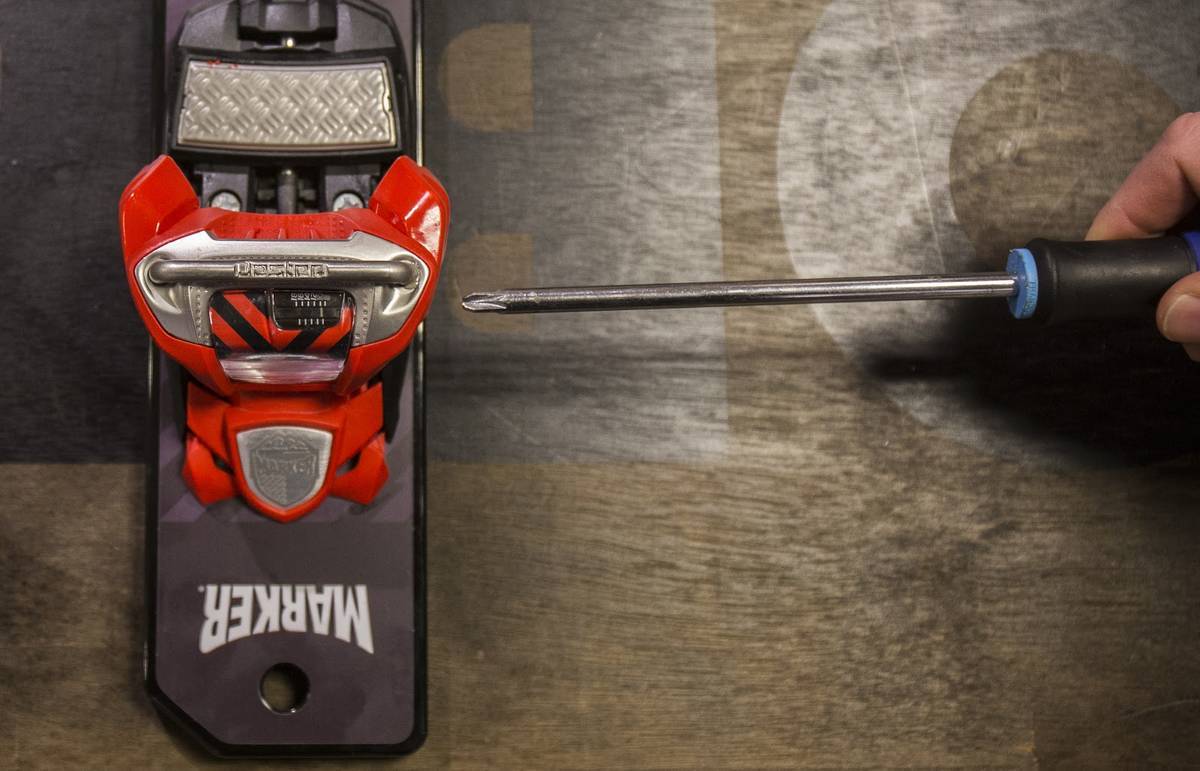
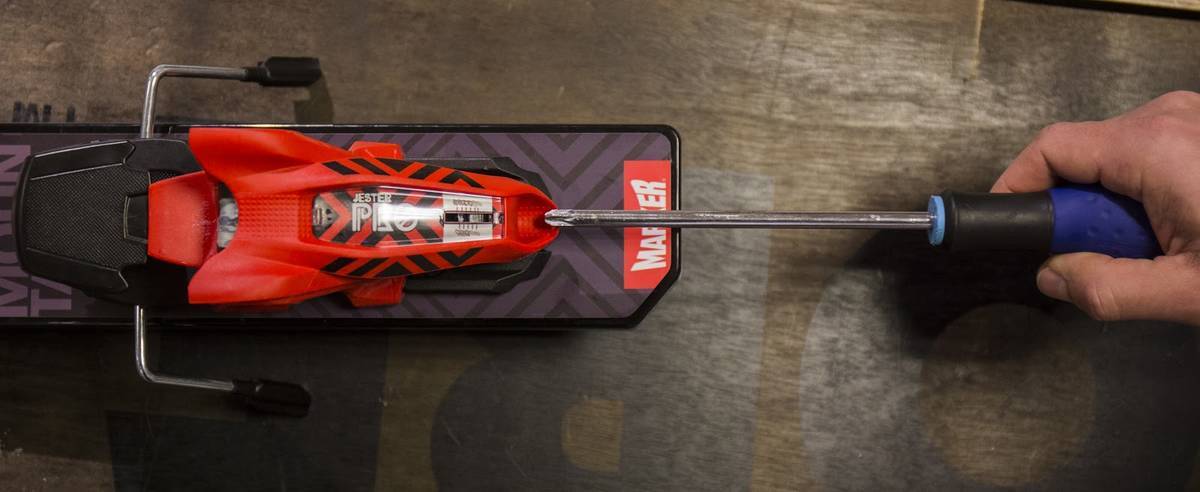
Assistance With Your DIN Ski Binding Adjustment
Upon ordering skis inclusive of bindings from us, you gain the ability to compute your DIN value during checkout. This enables us to mount and fine-tune your bindings precisely according to your experience, weight, height, and age.
Here is an example of the DIN calculator used when purchasing skis and bindings from us: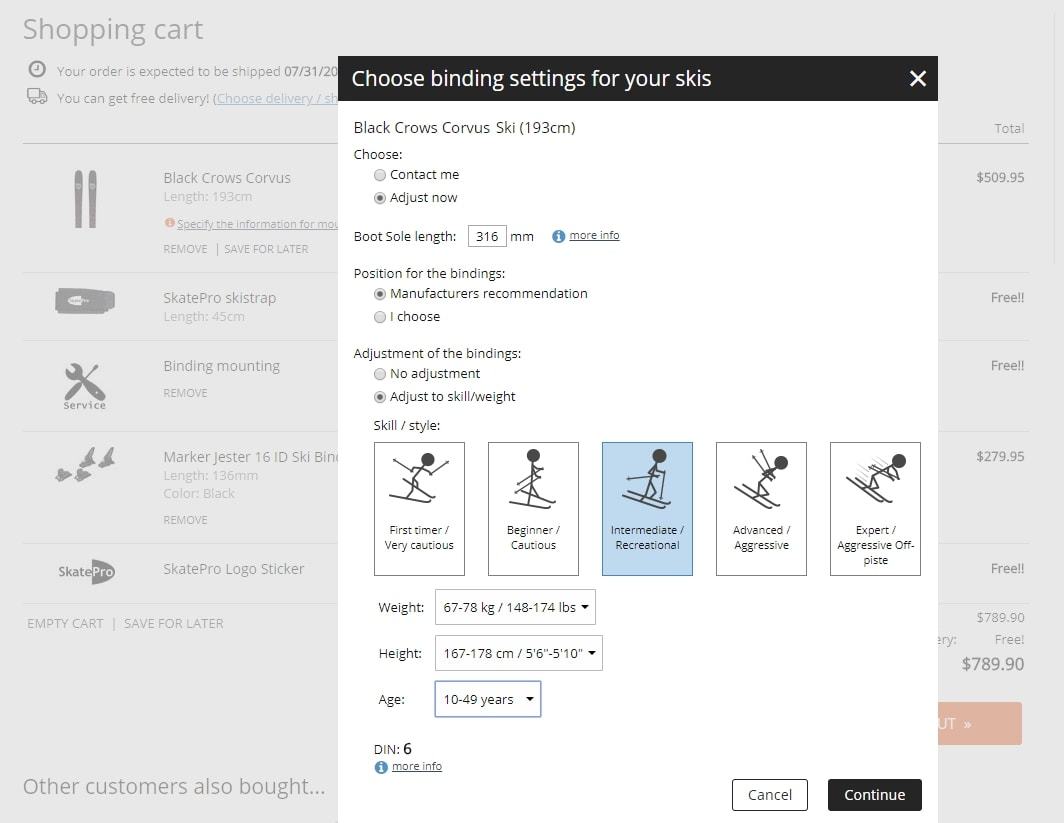
DIN / ISO Standardisation
Currently, the standard for ski binding mechanisms is maintained by the International Organization for Standardization (ISO), succeeding the Deutsches Institut für Normung (DIN). Despite transitioning between organisations, the initial name, DIN, remains prevalently utilised to describe these calculations.The ISO 11088: 2006 outlines the processes for assembling, adjusting, and inspecting ski binding mechanisms.
